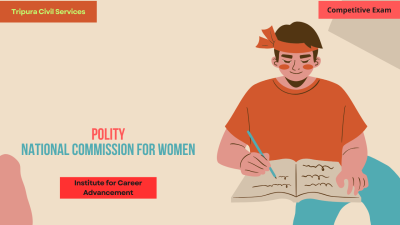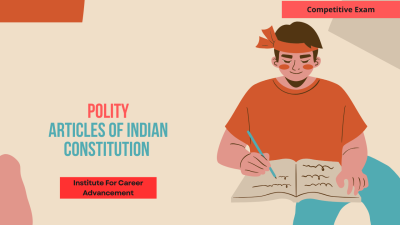National Commission for Women
The National Commission for Women (NCW) is a statutory body in India, established in 1992 by an Act of Parliament. It aims to safeguard and promote the rights and welfare of women in the country. The NCW works on issues like gender equality, violence against women, legal rights, and social empowerment, providing recommendations to the government for policy changes and offering support to women facing injustice. জাতীয় মহিলা কমিশন (এনসিডাব্লু) ভারতের একটি বিধিবদ্ধ সংস্থা, যা 1992 সালে সংসদের একটি আইন দ্বারা প্রতিষ্ঠিত হয়েছিল। এর লক্ষ্য হল দেশে মহিলাদের অধিকার ও কল্যাণ রক্ষা ও প্রচার করা। এনসিডব্লিউ লিঙ্গ সমতা, মহিলাদের বিরুদ্ধে সহিংসতা, আইনি অধিকার এবং সামাজিক ক্ষমতায়নের মতো বিষয়গুলিতে কাজ করে, নীতিগত পরিবর্তনের জন্য সরকারকে সুপারিশ প্রদান করে এবং অবিচারের সম্মুখীন মহিলাদের সহায়তা প্রদান করে।
English
Last updated
Sun, 12-Jan-2025



















